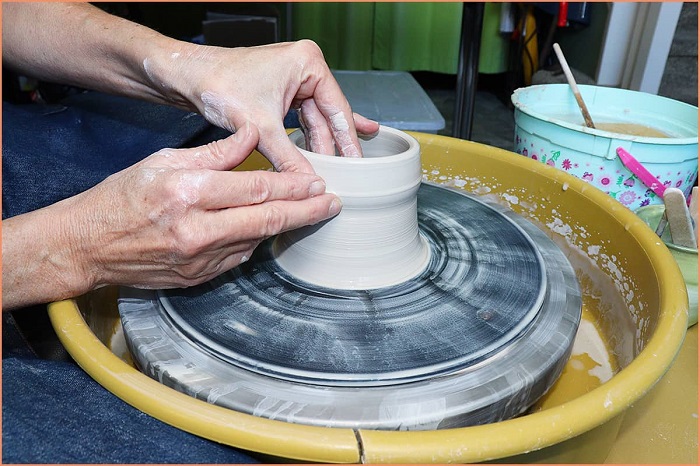Just like painters need specialised artist pencils to create their art, artisans need the right set of clay tools to perform their clay moulding projects. And this is true for both beginners and seasoned pros. Without the proper tools, you won’t be able to smooth out the edges of your creation for a clean look, add lines of texture for a fun visual aspect, give your project a beautiful finish, and so on.
Simply said, tools are required to make your task easier and your end product professional. Nowadays, you can find a variety of clay tools available on the market. What tools are used in clay art? If you’re new to sculpting, you might be unsure about which ones to choose, so here is a list of the essentials for any clay artist.
A Clay Mat
First of all, you’ll need a surface to work on your clay project. A clay mat not only helps protect your counter or table surface, but it also doesn’t impact your project or technique. Plus, using a clay pad helps keep your creation in one spot. The mat will not move while you work and can be easily wiped clean.
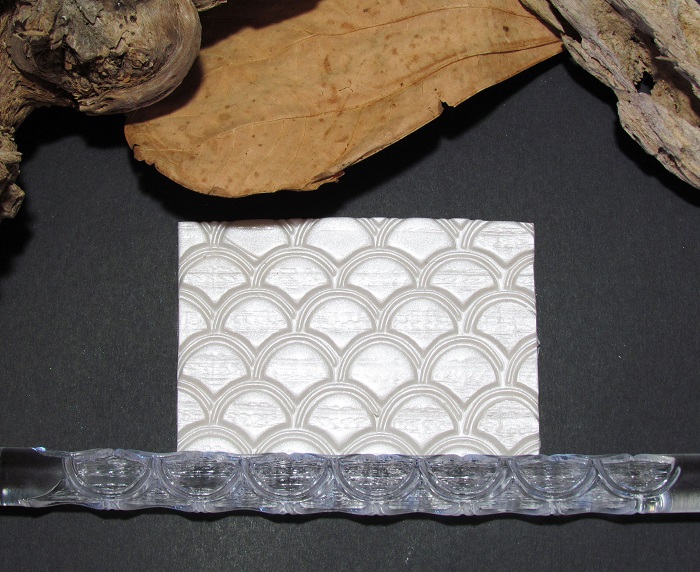
Clay Roller
Certain projects require your clay to be flat and smooth. A roller will help you achieve that. I suggest you get an acrylic roller as it is intended for use with clay. It will leave no roller traces on your clay surface and the clay will not adhere to the roller.
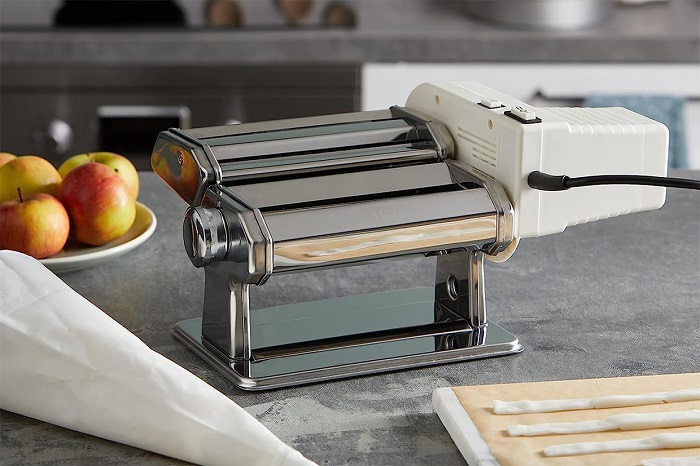
Sharp Knife Tool
To cut shapes out of clay sheets or add detail to your design, you’ll need a knife. The knife pottery tool is also useful for removing portions of clay from your design that are too small for your fingers to reach.
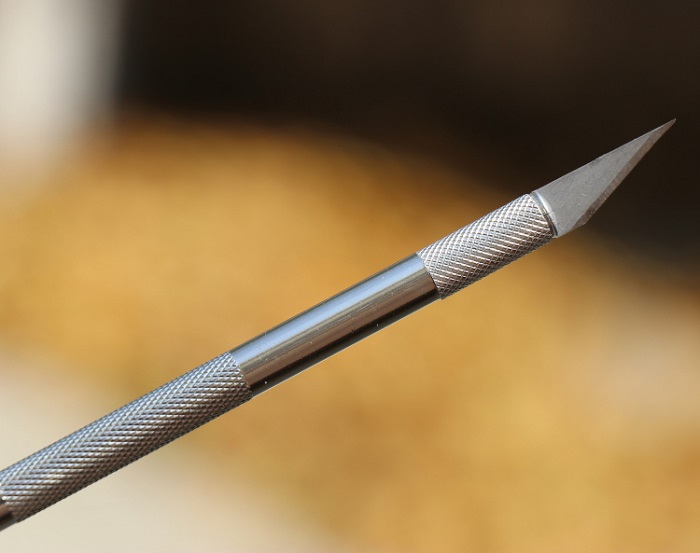
Sculpting Tools
Even if you’re a beginner, there are some clay sculpting tools that are a must-have. As you start using them, you’ll see how they can make your life easier. Try out:
- Wire-tipped tools: These sculpting tools have stiff wires protruding from the top. They’re a great clay tool for dragging across the surface of your clay sculptures to create wrinkles. The creases can then be smoothed out using a brush.
- Twisted wire rake: Two or more wires are twisted together and bent to make a loop with this clay sculpting tool. This tool is ideal for integrating irregularities and imperfections on the surface of a clay pot.
- Fine loop: These clay sculpting tools are comprised of twisted solid wire loops that help with wrinkle details and gouge outlines.
- Mini wire brush: A small wire brush made out of clumps of wire buried in a chopstick. These can be used to smooth down difficult-to-reach sections of your clay sculpture.
- Ball end tools: These clay sculpting tools are designed to simulate the tips of our fingers and can do everything our fingers can, such as dragging and pushing clay around, but on a smaller scale. These tools are available in a variety of sizes.
- Loop cutters: Almost every sculptor’s table will have one of these. For carving into the sculpture, these are the traditional clay sculpting tools.
- Rubber-tipped tools: These are sometimes used for painting, but you will find them really handy for mixing parts of clay. They are available in a variety of sizes and forms.
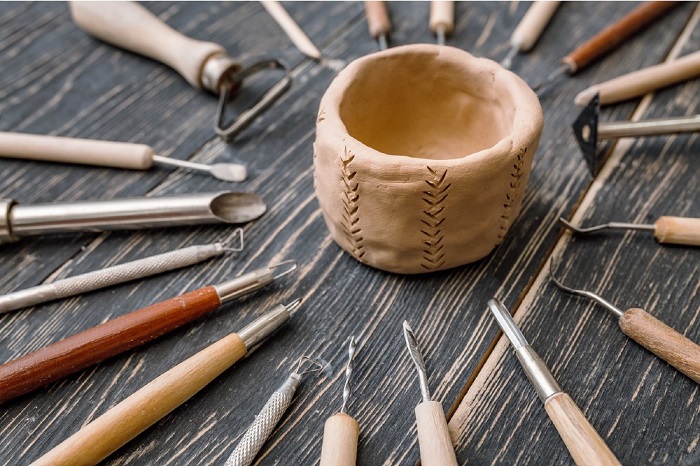
A Rib
A rib, also known as a clay scraper, is a thin, flexible piece of metal that resembles a bigger version of a scoring tool but lacks a handle. This tool is frequently curved and can be used for scoring, producing imprints, cutting, sectioning, and even smoothing surfaces. You may smooth or level out the surface of your clay sculpture or maintain consistent consistency and depth on your clay sheets by utilizing the trailing edge of a rib.
A rib or scraper may also be used to produce complex texturing, however, some of the other tools on this list can also aid with this. Furthermore, a scraper may be used to assist clean up an area after you’ve finished working, making it much more useful!
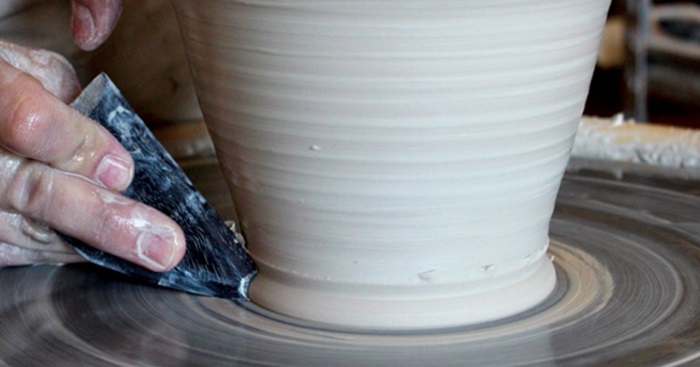
Sponges
Sponges are used in ceramics to clean, smooth clay surfaces, absorb excess water, wipe workplaces, and apply glaze. Their versatility makes them a crucial asset to any ceramic artist’s toolset.
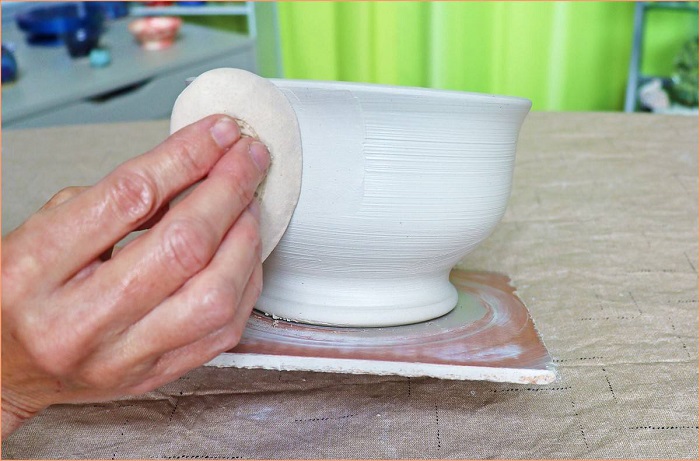
Dry/Wet Sandpaper
Sanding is an essential step in creating a professional-quality product. It will remove any irregularities and leave a smooth surface. Wet/dry sandpaper sheets are an excellent tool for this. It will remove fingerprints from your craft without harming the clay. For the greatest results, get a variety of grits.

Pottery Wheel
You don’t have to use a pottery wheel, but it may be a game changer in terms of opening up options that make your basic pieces stand out. A pottery wheel, unlike a kiln, will not drain your bank account. Although you can use a home oven in the place of a kiln, there isn’t a thing that can substitute a pottery wheel.
